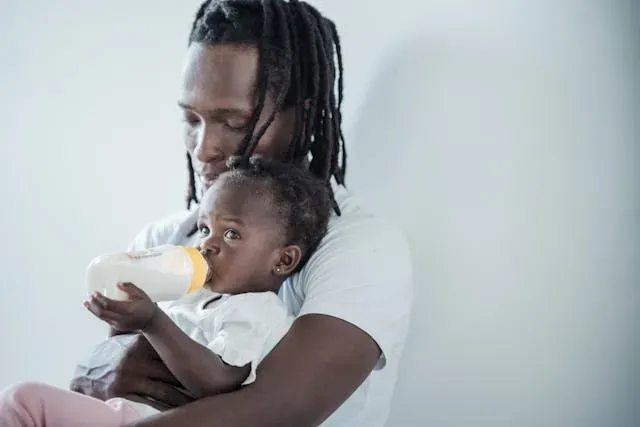
Understanding Bowlby's Attachment Theory Stages
Learn about Bowlby’s attachment theory, stages of attachment, and their impact on social and emotional development.
Get carepatron free

Learn about Bowlby’s attachment theory, stages of attachment, and their impact on social and emotional development.